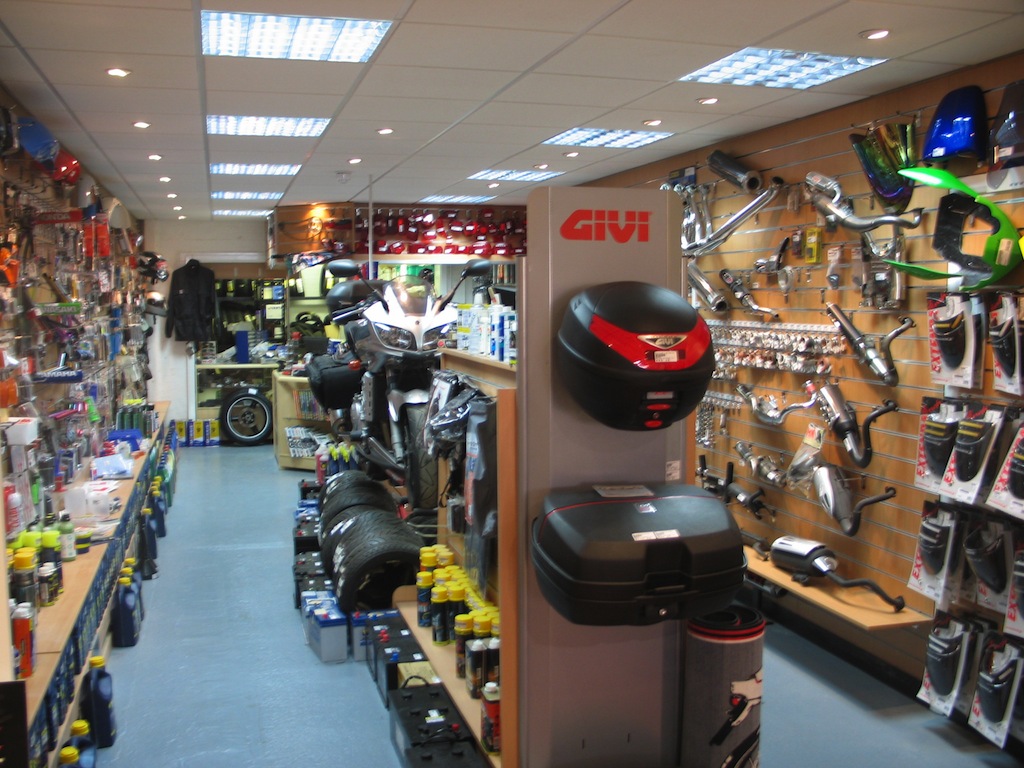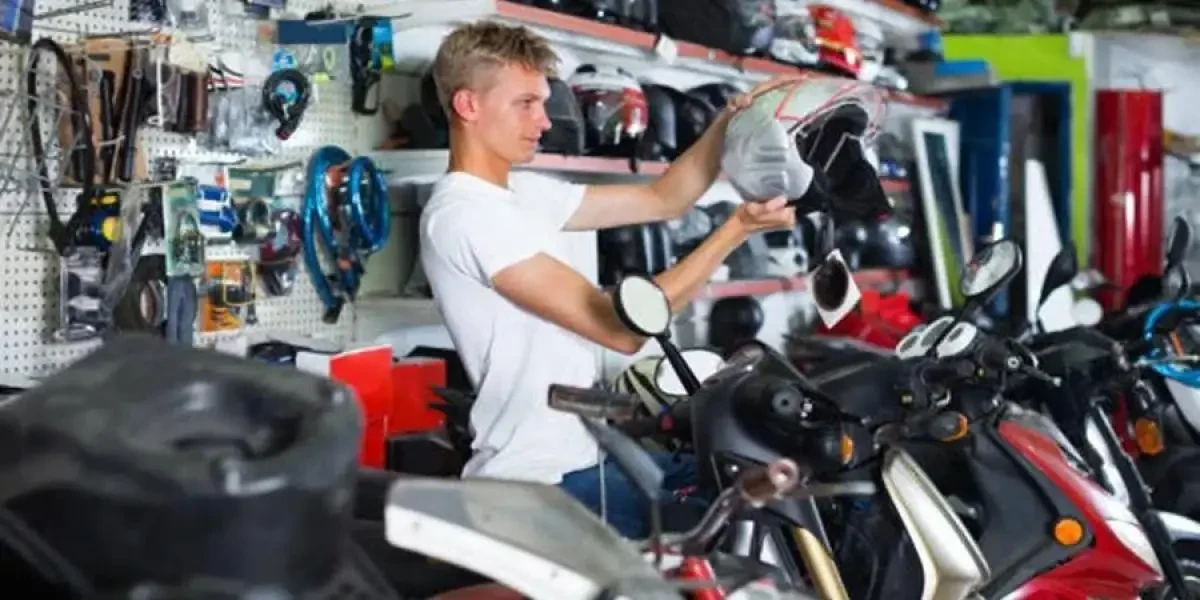Grasping Motorcycle Gears: How to Optimize Your Riding Experience
In the realm of motorcycling, understanding the art of equipment manipulation is important for improving your riding performance. Properly recognizing and making use of motorcycle equipments can dramatically affect control, acceleration, and fuel efficiency, changing a typical trip right into a smooth, electrifying trip. By integrating precise change timing and adjusting gear option to different road conditions, cyclists can guarantee optimal engine efficiency and safety. The subtleties of clutch control, throttle sychronisation, and gear mechanics bid a deeper expedition, guaranteeing to open the full possibility of your device. Exactly how can these methods be used to genuinely optimize your riding experience?
Comprehending Equipment Mechanics
At the core of motorcycle dynamics, equipment technicians play a pivotal duty in transforming engine power into motion, inevitably determining speed and control. The equipment proportions, very carefully created, identify the relationship in between engine transformations and wheel turns, impacting velocity and fuel performance.
Understanding equipment mechanics starts with acknowledging the importance of the transmission, which houses several gears of differing dimensions. These equipments communicate via a procedure known as meshing, where teeth of various gears engage to send power. The precision of this interaction is important; any type of misalignment or damages can result in ineffective power transfer, hindering performance. In addition, the plan and dimension of gears affect the motorcycle's capability to handle various loads and speeds.
Furthermore, the principle of gear moving is indispensable to optimizing performance. Prompt and smooth changes ensure that the engine operates within its ideal power band, preventing unnecessary stress and boosting longevity (motocross parts nz). By comprehending these mechanical complexities, motorcyclists can attain an unified blend of control, power, and performance, elevating their riding experience
Timing Your Shifts
Shift timing mastery is vital for maximizing bike efficiency and boosting the riding experience. Effectively timed changes ensure that the engine runs within its optimum power band, which is critical for maintaining control, achieving smooth acceleration, and ensuring the longevity of the motorbike. Motorcyclists have to establish an user-friendly feeling of when to shift gears, which involves understanding the relationship in between engine changes per minute (RPM) and rate.
To grasp shift timing, pay close attention to the engine's sound and really feel, as these give essential ideas regarding when to transform equipments. When the engine comes close to the top array of its power band without reaching the redline, the optimal shift factor normally happens - motorbike shop. Moving prematurely can result in a lack of power, while shifting far too late might cause unneeded engine stress
In addition, road conditions and riding design impact shift timing. In comparison, throughout freeway riding, fewer shifts at greater rates can be much more ideal.
Enhancing Gas Effectiveness
While understanding motorbike gears is critical for performance, improving gas efficiency is equally crucial for both ecological and financial factors. Optimum fuel consumption not only lowers functional costs but likewise decreases the environmental impact of riding. To achieve this, one should comprehend company website the complex partnership in between gear choice and engine efficiency.
To start with, choosing the best gear at proper rates can considerably affect fuel usage. Riding in a higher equipment at reduced rates can bring about engine hauling, which is destructive to both gas economy and engine health. On the other hand, riding in reduced gears at high rates causes unneeded gas usage. Therefore, maintaining an ideal equilibrium by changing equipments abreast with roadway conditions and expected maneuvers is vital.
Furthermore, routine maintenance plays a pivotal duty in gas performance. Making certain that the motorbike is well-tuned, with tidy air filters and properly pumped up tires, can improve the rules of aerodynamics and minimize gas wastefulness. Moreover, embracing a riding style that accepts steady acceleration and smooth slowdown can add to better gas economic climate.

Methods for Smooth Transitions
Achieving smooth equipment transitions is click site essential to enhancing the riding experience and making certain the long life of a motorbike's transmission system. Proper equipment moving not only adds to a seamless experience however likewise minimizes deterioration on the mechanical parts. To master the art of smooth changes, riders need to focus on a few vital methods.

Second of all, clutch control plays a pivotal role. Engaging and disengaging the clutch smoothly needs technique. The clutch bar should be released progressively, enabling a smooth transfer of power from the engine to the wheels without triggering a shock or abrupt activity.

Adjusting to Road Conditions
Navigating diverse road conditions is a critical ability for any motorcyclist intending to preserve control and safety and security. Whether you're riding on wet surfaces, gravel roadways, or browsing sharp turns, your ability to adjust your equipment use and riding method is vital. Understanding just read this how to change your equipments suitably can significantly influence grip and stability, ensuring a safer journey.
In comparison, when riding on gravel or irregular terrain, reduced gears are better. Reduced equipments provide better control and permit you to respond more quickly to unanticipated adjustments in the roadway surface.
Sharp contours demand exact equipment monitoring to stabilize speed and control. Downshifting before going into a curve can help keep energy while making sure the motorbike continues to be stable throughout the turn. Constant method in different problems improves your capability to predict and respond to changes in roadway appearance and slope.
Verdict
Grasping motorcycle gears dramatically enhances the riding experience by boosting acceleration, gas, and control performance. Adjusting gear option to different roadway conditions, such as using higher equipments on damp surfaces and lower gears on crushed rock, more boosts handling and safety and security.
Recognizing gear technicians starts with recognizing the significance of the gearbox, which houses multiple equipments of varying sizes. These gears interact via a procedure understood as meshing, where teeth of different gears involve to transmit power (motorbike shop). Gentle adjustments to the throttle during gear shifts can stop jerky activities and keep a consistent riding rate
Whether you're riding on wet surface areas, gravel roadways, or navigating sharp turns, your ability to adapt your equipment use and riding technique is vital. Adapting equipment selection to numerous road conditions, such as using greater gears on damp surfaces and reduced gears on gravel, more boosts handling and safety and security.
Comments on “Top MX Gear NZ: Prepare for Your Next Off-Road Experience”